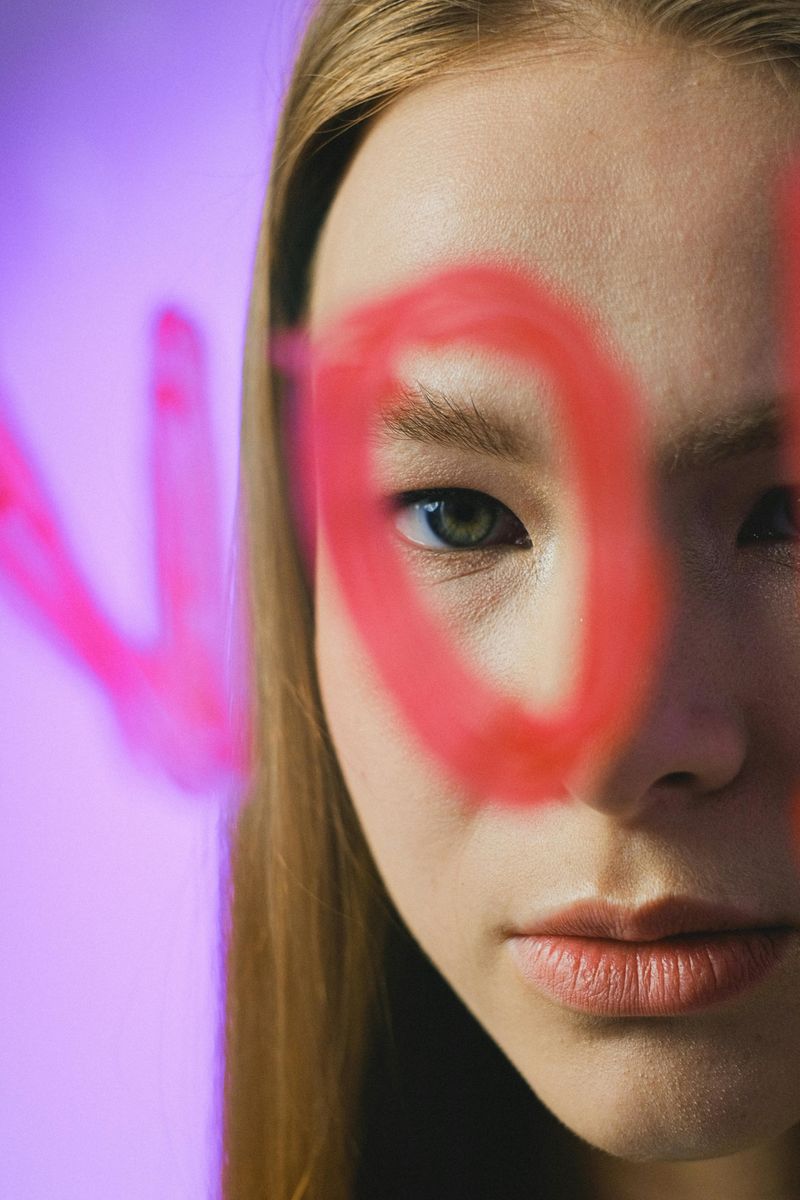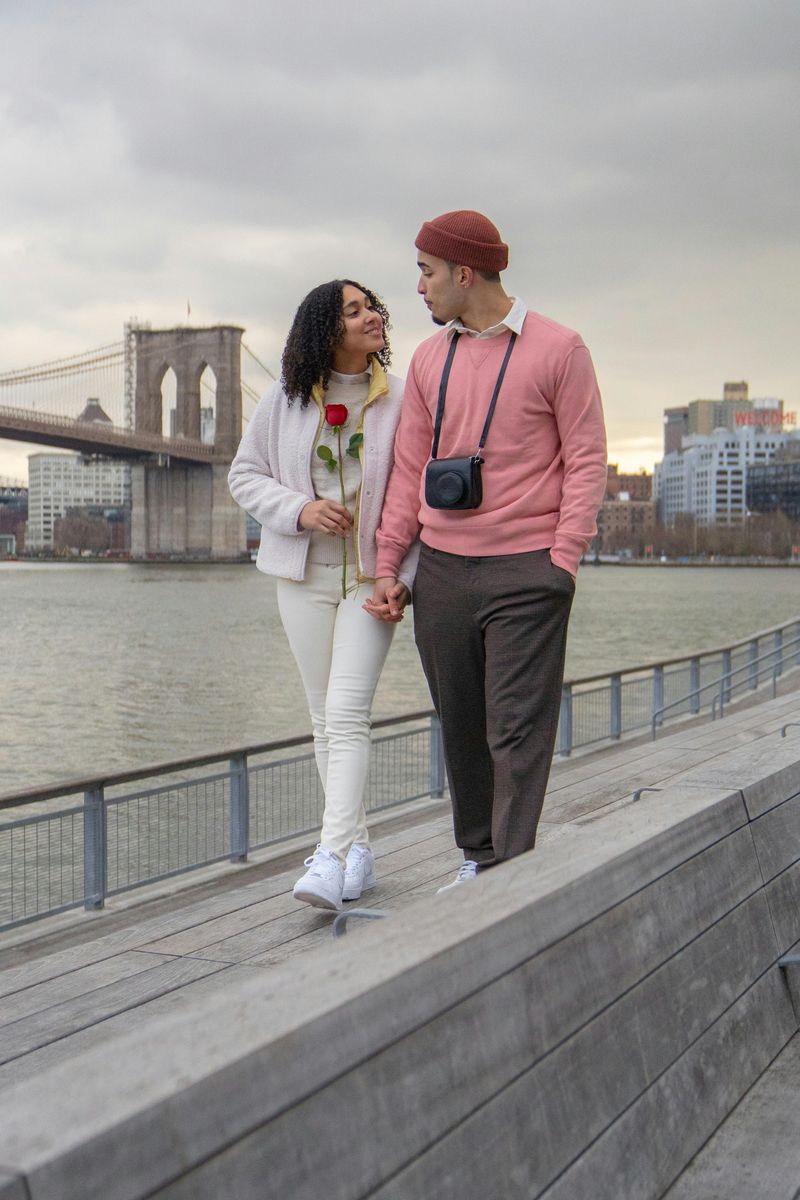11 Traits of New Age Romantics and How They’re Changing Dating Norms

Dating has evolved dramatically in recent years, with a new wave of romantics reshaping how we connect, communicate, and commit. These relationship pioneers bring fresh perspectives to love that challenge outdated rules and expectations. They’re creating more authentic, balanced partnerships while redefining what romance means in today’s world.
1. Digital Boundaries Experts

Mastering the art of healthy online presence, these modern lovers establish clear rules about social media sharing. They discuss consent before posting couple photos and respect each other’s digital privacy needs.
Unlike previous generations who either overshared everything or had no online presence, new romantics strike a thoughtful balance. They understand that constant connectivity doesn’t equal commitment.
Scheduled phone-free dates have become a relationship staple. Many couples now create technology agreements, deciding together how much of their relationship belongs online versus what remains private between them.
2. Emotional Labor Equalizers

Traditional roles where one partner (typically women) managed all emotional aspects of relationships are disappearing. New romantics actively track and balance emotional labor, from remembering birthdays to planning social events.
Men increasingly take initiative in nurturing connections, while all partners communicate their capacity for emotional work. Apps for sharing household tasks extend to relationship maintenance too.
Couples now openly discuss who handles what aspects of their emotional life together. This conscious redistribution creates partnerships where both people feel equally responsible for maintaining relationship health without unspoken expectations.
3. Rejection Reframers

What once felt like a crushing rejection is now seen as useful feedback. Modern romantics appreciate honesty and move on without holding grudges.
Dating apps have normalized the concept that compatibility is specific, not universal. New romantics understand that someone can be wonderful yet wrong for them.
After relationships end, they take intentional time for reflection before jumping into new connections. Many maintain respectful friendships with exes, seeing past relationships as growth opportunities rather than wasted time. This healthy perspective makes dating less anxiety-producing and more authentic.
4. Consent Conversationalists

Revolutionary in their approach to physical intimacy, new romantics make ongoing consent conversations normal and natural. They check in before escalating physical touch, creating safety through communication.
This extends beyond bedroom boundaries into everyday interactions. They ask before sharing personal stories from their relationship with friends or posting private moments online.
What might have seemed awkward in previous generations now feels respectful and caring. These explicit conversations about boundaries create relationships where both partners feel heard and protected, replacing assumption-based interactions with clear communication about wants and needs.
5. Identity Fluid Daters

Breaking free from rigid gender expectations, today’s romantics date based on connection rather than prescribed roles. They reject the notion that certain behaviors belong exclusively to any gender.
Dating profiles increasingly skip traditional gender markers entirely. Instead, they focus on personality traits, values, and authentic interests that reveal true compatibility.
Who pays for dinner, initiates dates, or takes relationship leads flows naturally based on individual preferences rather than gender scripts. This liberation allows people to show up as their full selves in relationships, creating partnerships based on genuine personality alignment rather than societal expectations.
6. Vulnerability Champions

Gone are the days when showing emotion was considered weak. New age romantics actively embrace vulnerability, sharing their fears and insecurities from early dating stages.
This openness creates deeper connections faster, bypassing the traditional months of surface-level interactions. Rather than playing it cool, they believe authentic sharing builds stronger foundations.
Both dating apps and in-person encounters now feature more genuine exchanges about mental health, past relationships, and personal struggles. This vulnerability-first approach means fewer wasted connections and more meaningful matches from the start.
7. Growth-Oriented Lovers

Personal development stands at the heart of new romantic relationships. These couples view their partnership as a vehicle for mutual growth rather than just companionship or security.
Regular relationship check-ins replace crisis-only conversations. They proactively discuss what’s working and what needs adjustment, treating their connection like a living entity requiring nurturing.
Therapy is normalized, with many couples attending sessions before problems arise. They share books, podcasts, and workshops about relationship skills, viewing love as a practice to be continuously improved rather than a fixed state. This growth mindset creates resilient bonds that evolve rather than stagnate.
8. Intentional Pace Setters

Instead of rushing to hit relationship milestones, new romantics move at a pace that feels right for them. They talk openly about expectations early on and check in regularly to stay on the same page.
Some choose “slow dating” – seeing fewer people but investing more deeply in each connection. Others maintain independence longer while building meaningful bonds.
Relationship steps like moving in together, meeting families, or marriage happen when genuinely right, not when expected. This intentional approach reduces anxiety about “falling behind” on life timelines and allows connections to develop organically. The result: partnerships built on readiness rather than arbitrary schedules.
9. Relationship Designers

Rather than sticking to set relationship rules, new romantics design partnerships that suit their unique situations.
From consciously monogamous to ethically non-monogamous arrangements, they openly discuss relationship structures that serve them both. Living arrangements vary widely too – from traditional cohabitation to maintaining separate homes despite deep commitment.
Financial systems are personalized rather than defaulting to joint everything. These tailored approaches require exceptional communication but result in partnerships that genuinely fit each person’s life goals and values rather than forcing individuals to conform to relationship templates that don’t serve them.
10. Authenticity Seekers

Dating profiles that once featured carefully curated personas now showcase genuine quirks and real-life photos. New romantics value authenticity over perfection, sharing their true interests rather than what might seem impressive.
First dates involve honest conversations about life goals and values instead of surface-level small talk. They’re unafraid to mention therapy, discuss political views, or reveal parts of themselves that previous generations might have hidden.
This transparency extends throughout relationships. They share struggles alongside successes, creating connections based on genuine acceptance rather than maintained illusions. The result: partnerships where both people feel truly seen and loved for who they actually are.
11. Holistic Life Balancers

Today’s partners avoid making romance their sole focus. They nurture individual passions and support one another’s outside lives freely and without jealousy.
Regular solo time is valued rather than viewed with suspicion. They understand that healthy relationships require two whole people coming together, not two halves becoming codependent.
Social calendars include both couple activities and individual pursuits. This balanced approach creates partnerships with less pressure and more breathing room. By maintaining their unique identities within relationships, these couples build connections that enhance rather than consume their lives.

Comments
Loading…